新概念英语第四册第五单元课件.ppt
- 格式:ppt
- 大小:1.08 MB
- 文档页数:53

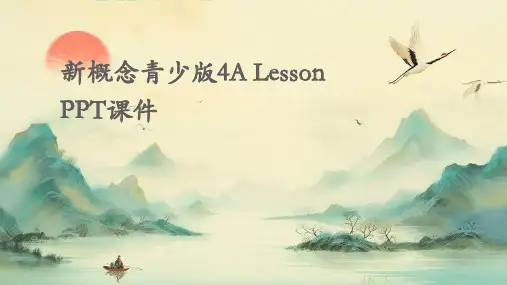
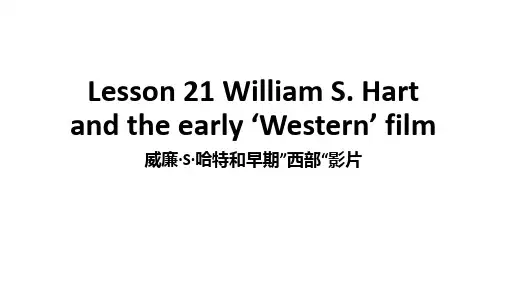

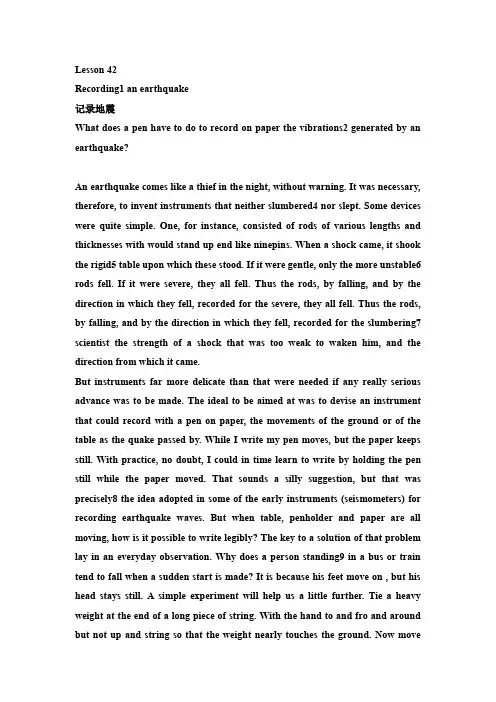
Lesson 42Recording1 an earthquake记录地震What does a pen have to do to record on paper the vibrations2 generated by an earthquake?An earthquake comes like a thief in the night, without warning. It was necessary, therefore, to invent instruments that neither slumbered4 nor slept. Some devices were quite simple. One, for instance, consisted of rods of various lengths and thicknesses with would stand up end like ninepins. When a shock came, it shook the rigid5 table upon which these stood. If it were gentle, only the more unstable6 rods fell. If it were severe, they all fell. Thus the rods, by falling, and by the direction in which they fell, recorded for the severe, they all fell. Thus the rods, by falling, and by the direction in which they fell, recorded for the slumbering7 scientist the strength of a shock that was too weak to waken him, and the direction from which it came.But instruments far more delicate than that were needed if any really serious advance was to be made. The ideal to be aimed at was to devise an instrument that could record with a pen on paper, the movements of the ground or of the table as the quake passed by. While I write my pen moves, but the paper keeps still. With practice, no doubt, I could in time learn to write by holding the pen still while the paper moved. That sounds a silly suggestion, but that was precisely8 the idea adopted in some of the early instruments (seismometers) for recording earthquake waves. But when table, penholder and paper are all moving, how is it possible to write legibly? The key to a solution of that problem lay in an everyday observation. Why does a person standing9 in a bus or train tend to fall when a sudden start is made? It is because his feet move on , but his head stays still. A simple experiment will help us a little further. Tie a heavy weight at the end of a long piece of string. With the hand to and fro and around but not up and string so that the weight nearly touches the ground. Now movethe hand to and fro and around but not up and down. It will be found that the weight a piece of string. With the hand held high in the air, hold the string so that the weight nearly touches the ground. Now move the hand to and fro and around but not up and down. It will be found that ten weight moves but slightly or not at all. Imagine an earthquake shock shaking the floor, the paper, you and your hand. In the midst of all this movement, the weight and the pen would be still. But as the paper moved from side to side under the pen point, its movement would be recorded in ink upon its surface. It was upon this principle that the first instruments were made, but while the drum was being shaken, the line that the pen was drawing wriggled11 from side to side. The apparatus12 thus described, however, records only the horizontal component13 of the wave movement, which is, in fact, much more complicated. If we could actually see the path described by a particle, such as a sand grain in the rock, it would be more like that of a bluebottle path described by a particle, such as a sand grain in the rock, it would be more like that of a bluebottle buzzing round the room; it would be up and down, to and fro and from side to side. Instruments have been devised and can be so placed that all three elements can be recorded in different graphs. When the instrument is situated14 at more than 700 miles from the earthquake centre, the graphic15 record shows three waves arriving one after at short intervals16. The first records the arrival of longitudinal vibrations. The second marks the arrival of transverse vibrations which travel more slowly and arrive several minutes after the first. These two have travelled through the earth. It was from the study of these that so much was learnt about the interior of the earth. The third, or main. The third, or main wave, is the slowest and has travelled round the earth through the surface rocks.H.H,SWINNERTON The Earth beneath UsNew words and expressions 生词和短语earthquaken. 地震slumber3v. 睡眠ninepinn. 九柱戏中的木柱rigidadj. 坚硬的delicateadj. 灵感的seismometern. 地震仪penholdern. 笔杆legiblyadv. 字迹清楚地drumn. 鼓状物wriggle10v. 扭动bluebottlen. 绿头苍蝇graphn. 图表graphicadj. 图示的longitudinaladj. 纵向的transverseadj. 横向的参考译文地震就像夜间的小偷,不打招呼就来了。
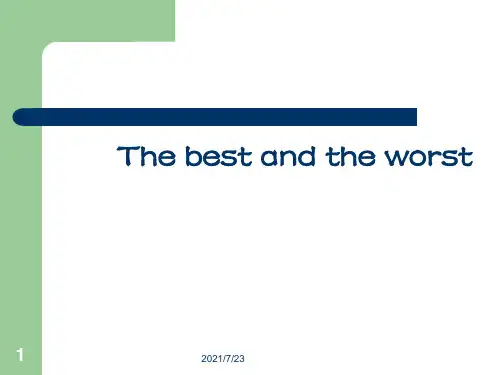


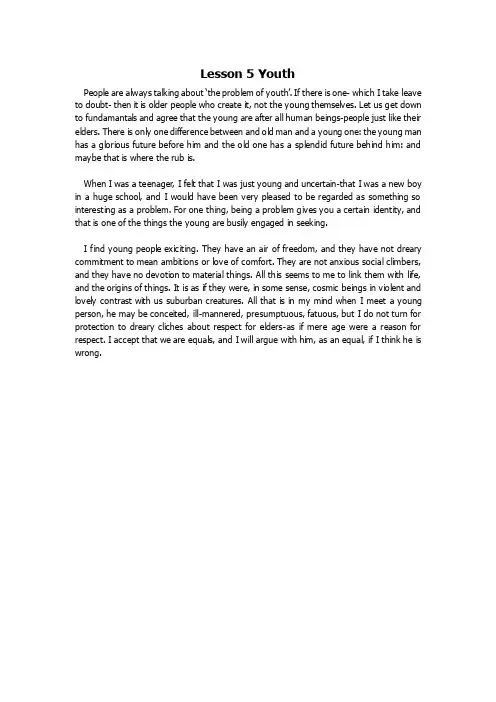
Lesson 5 YouthPeople are always talking about ‘the problem of youth’. If there is one- which I take leave to doubt- then it is older people who create it, not the young themselves. Let us get down to fundamantals and agree that the young are after all human beings-people just like their elders. There is only one difference between and old man and a young one: the young man has a glorious future before him and the old one has a splendid future behind him: and maybe that is where the rub is.When I was a teenager, I felt that I was just young and uncertain-that I was a new boy in a huge school, and I would have been very pleased to be regarded as something so interesting as a problem. For one thing, being a problem gives you a certain identity, and that is one of the things the young are busily engaged in seeking.I find young people exiciting. They have an air of freedom, and they have not dreary commitment to mean ambitions or love of comfort. They are not anxious social climbers, and they have no devotion to material things. All this seems to me to link them with life, and the origins of things. It is as if they were, in some sense, cosmic beings in violent and lovely contrast with us suburban creatures. All that is in my mind when I meet a young person, he may be conceited, ill-mannered, presumptuous, fatuous, but I do not turn for protection to dreary cliches about respect for elders-as if mere age were a reason for respect. I accept that we are equals, and I will argue with him, as an equal, if I think he is wrong.。
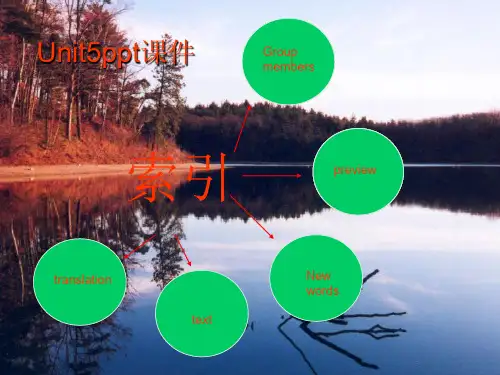
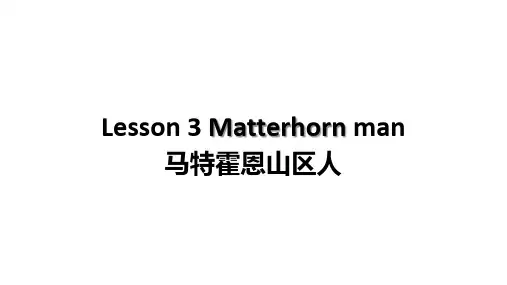
新概念英语第四册精讲English:In the New Concept English Book Four, students will continue developing their English language skills through a series of carefully structured lessons. The book covers a wide range of topics including travel, personal experiences, relationships, and everyday activities. It also includes exercises and activities to reinforce and apply the language learned. One of the key features of Book Four is the focus on more advanced grammatical structures and vocabulary, helping students to build on their existing knowledge and expand their language proficiency. Additionally, the book provides opportunities for students to practice speaking, listening, reading, and writing in various contexts, helping them to become more confident and proficient English speakers.中文翻译:在《新概念英语》第四册中,学生将通过一系列精心设计的课程继续发展他们的英语语言技能。